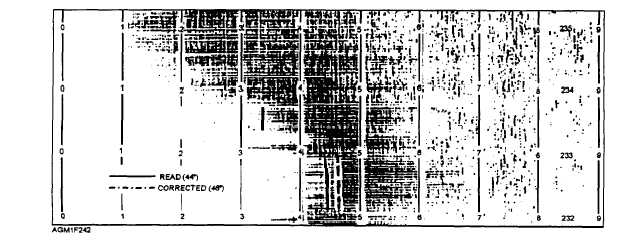Figure 2-41.—Determining corrected cloud elevation angle with multiple cloud layers.
the band are ignored. The width of the solid band, in
degrees, divided by 2 is the equipment correction for the
recorder. The correction factor is applied to recorded
elevation angles for all solid cloud bases and diffuse
stratus bases over 45° elevation.
The length of the thin marking lines is an indication
of the reflected light sensed by the receiver. Line length
is affected by the focus and output candlepower of each
of the two lights in the RBC projector. Replacing the
bulbs in the projector, cleaning a dirty projector lens, or
refocusing the projector lights will change the
characteristic length of the recorder marking lines; and
a change in line length will require that anew equipment
correction be determined.
SOLID CLOUD COVER.—The cloud elevation
angle of solid cloud cover, such as is indicated in figure
2-40, is read at the left edge of the solid band. The
equipment correction, 2° in this case, is then added to
the indicated elevation angle to find the corrected
elevation angle. For solid cloud cover only, the
corrected elevation angle is the same as reading the
elevation angle at the center of the solid band.
MULTIPLE CLOUD LAYERS.—Read the
angle at the left side of the solid band, and then add the
correction to obtain the proper cloud angle. For
example, in figure 2-41, at time 2154Z, the solid line at
45° elevation was drawn for the left side of the solid
portion of the band. The equipment correction, 2°,
found from figure 2-40, is added to find the corrected
angle of the cloud bases, 47°.
FOG AND LOW STRATUS.—Read the
elevation angle at the left side of the solid band. Do not
add the correction unless the correction yields an
elevation angle greater than or equal to 45°. Figure 2-42
shows a low-stratus situation that became fog on the
deck at time mark 000. Between 2320Z and 2330Z, the
stratus shows a solid band at 44°. Adding the equipment
correction results in a corrected elevation angle of 46°,
Figure 2-42.—Determining cloud elevation angles for low stratus and fog.
2-32


